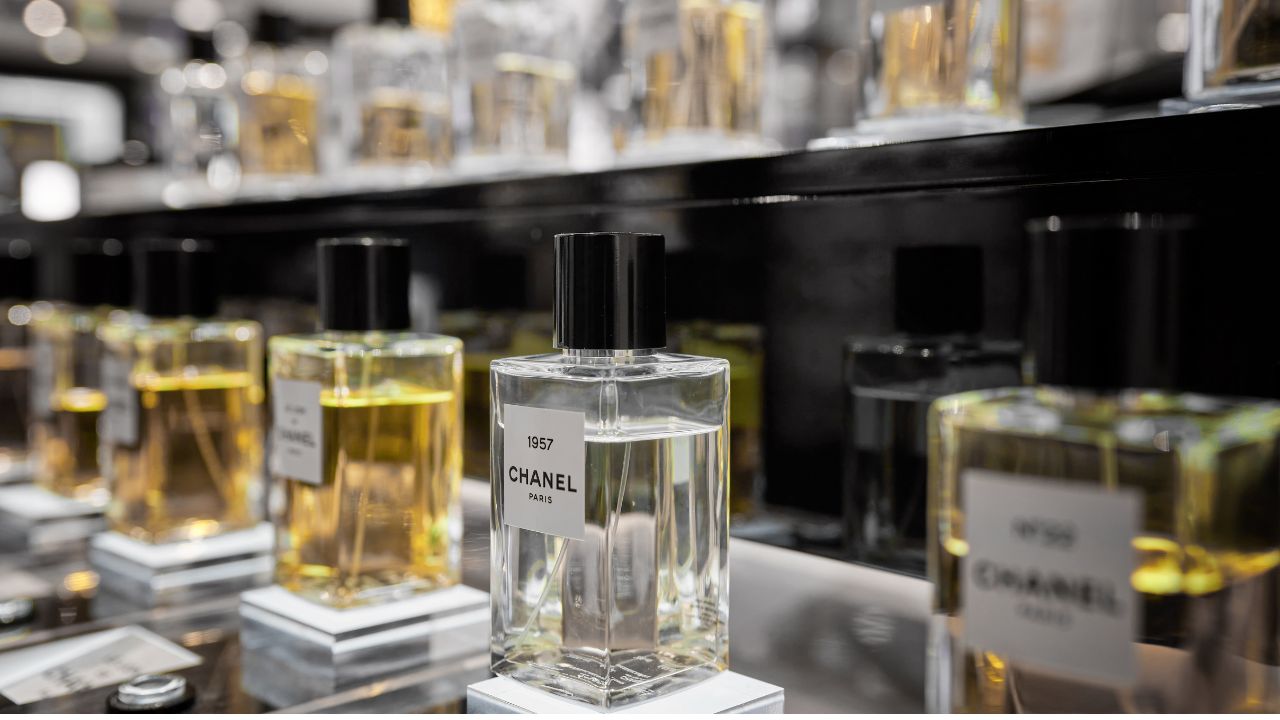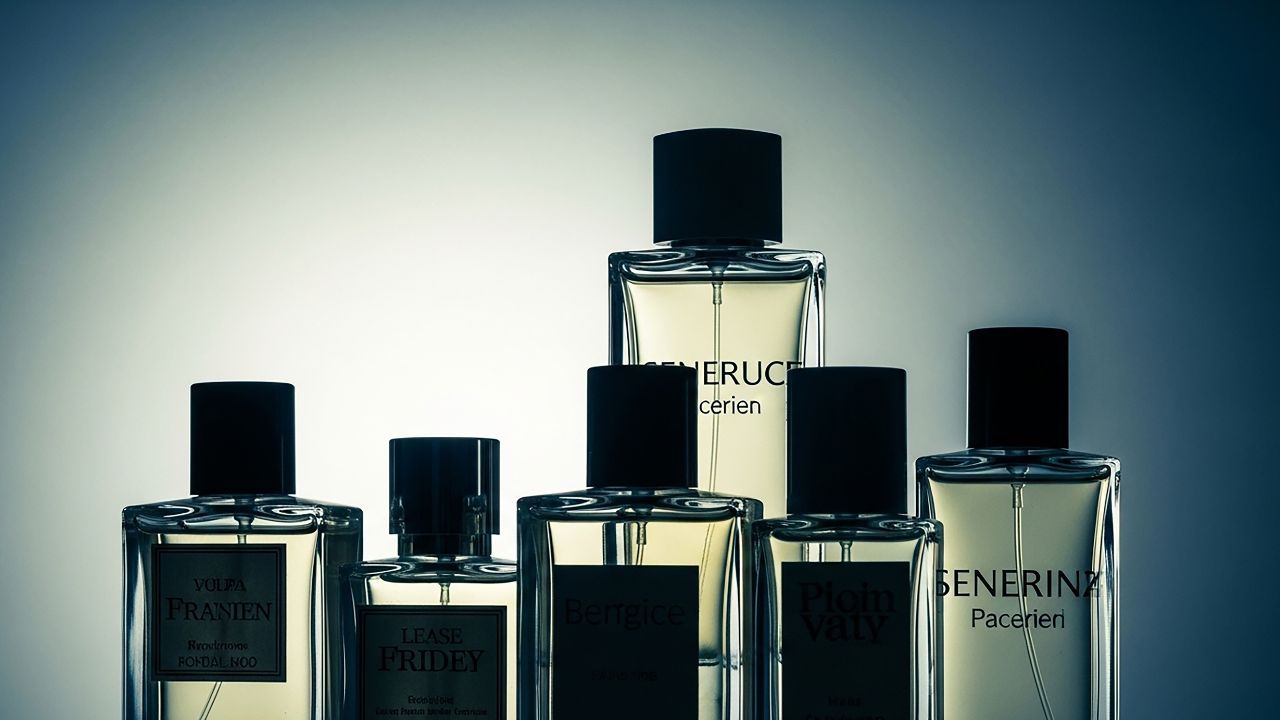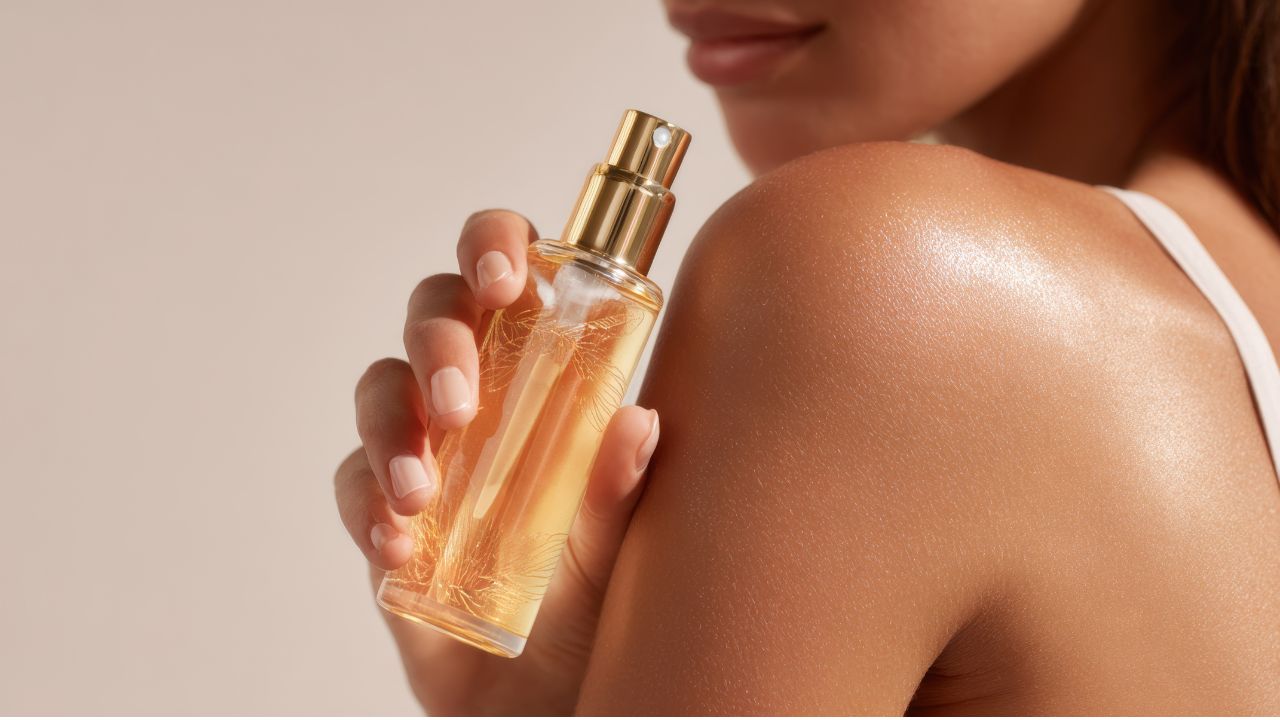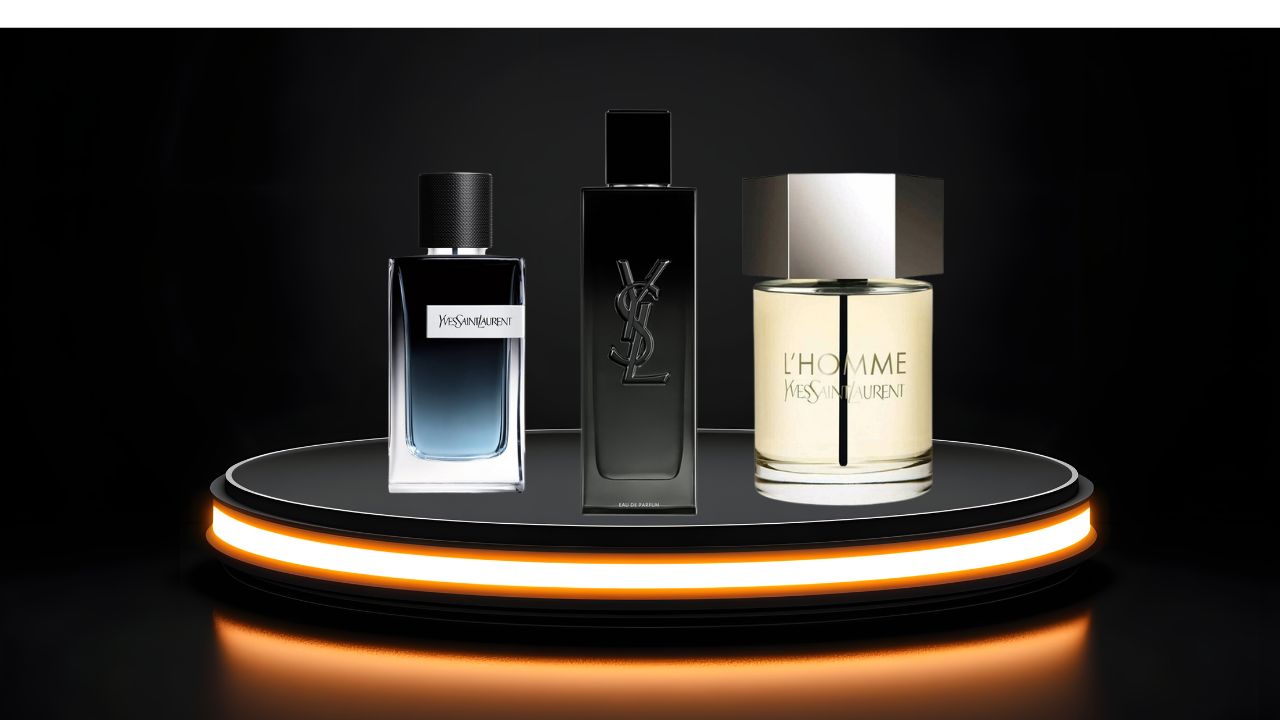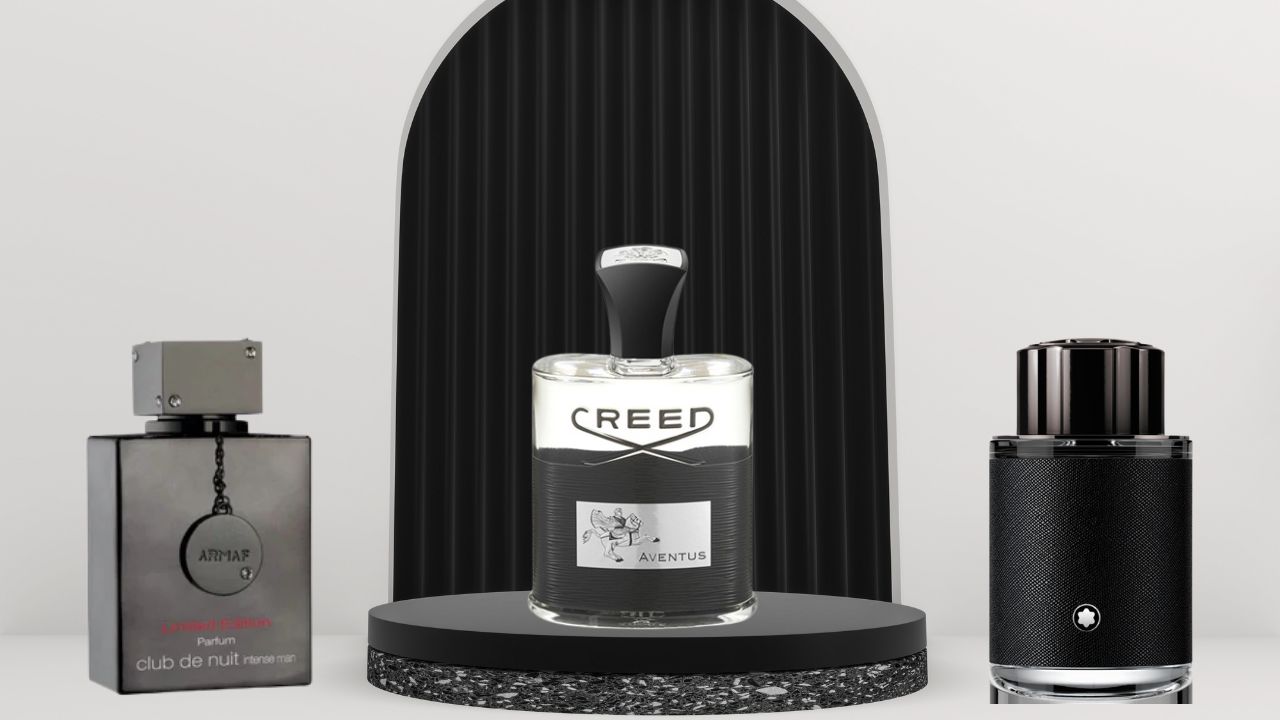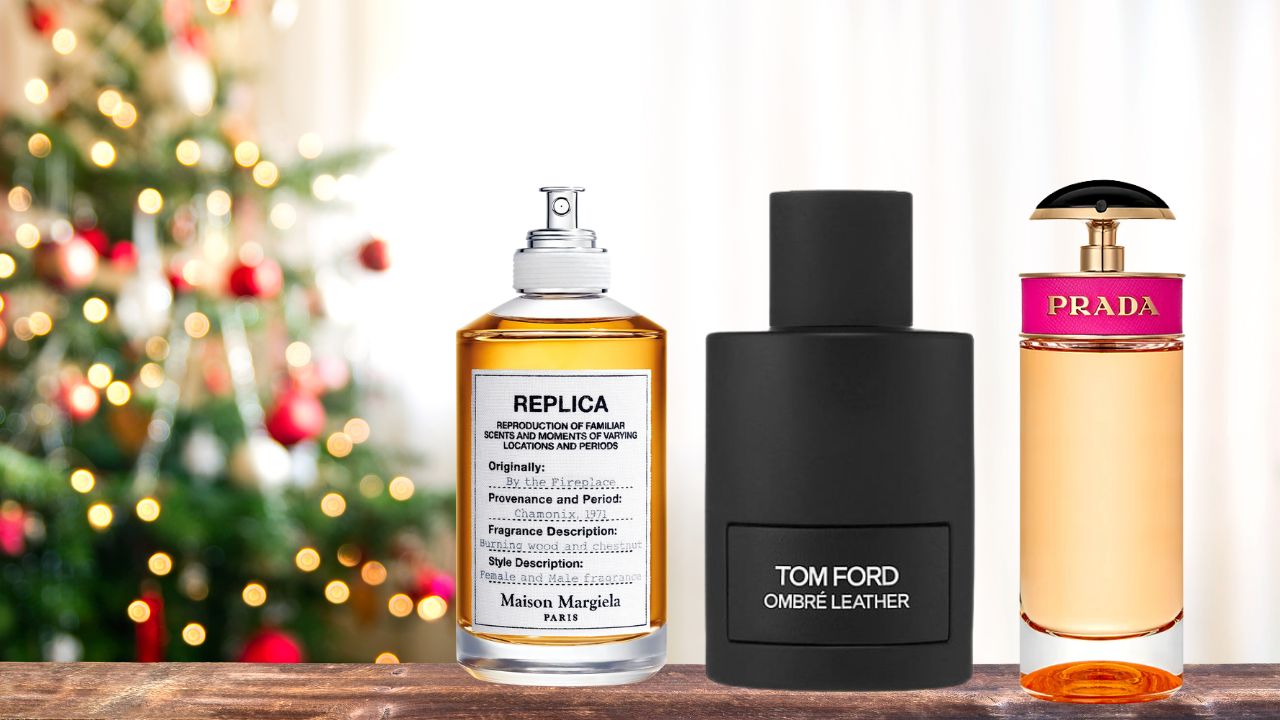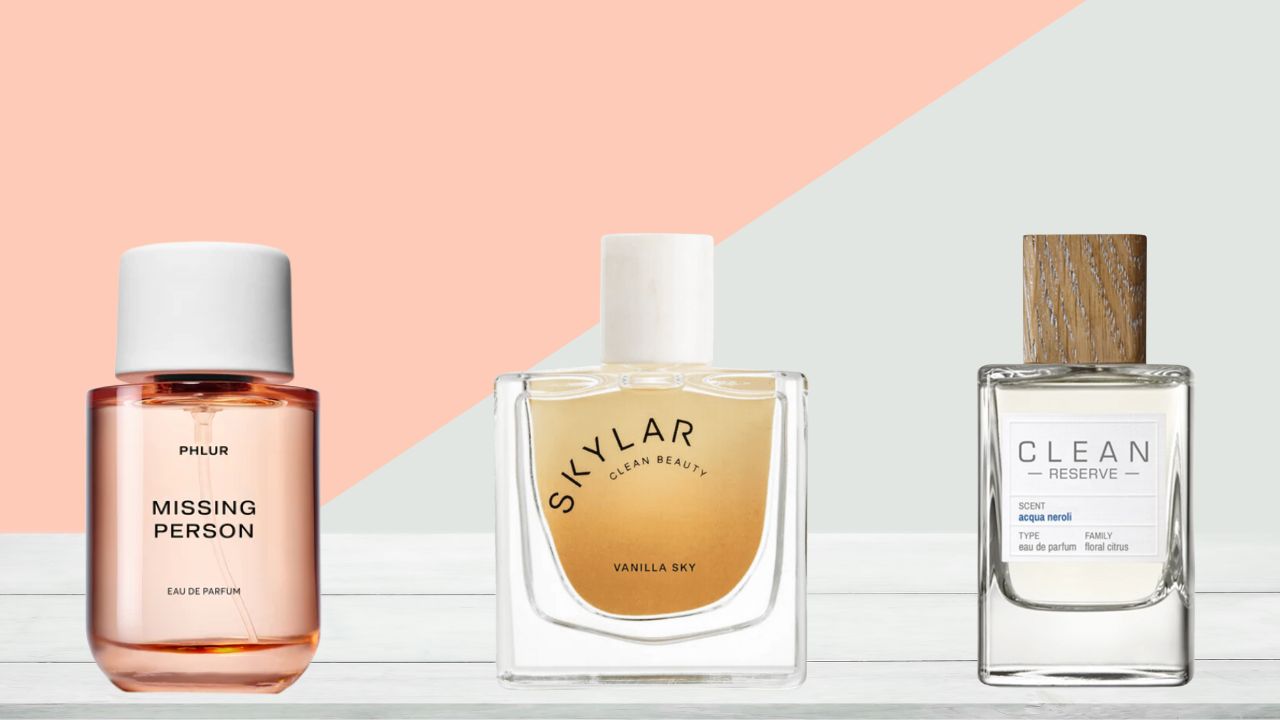Blog
Home / Beauty, Hair & Skin Care / Avoid These Bad Habits & Get Rid of Acne Prone Skin: Your Complete Guide to Clear, Healthy Complexion
Categories
Recent Posts
- How to Buy Authentic Niche Perfume at the Best Price
- How to Buy Authentic Niche Perfume: A Complete Guide
- The Science and Seduction of Pheromone Perfume: What You Need to Know
- 10 Reasons Why You’ll Love Being a Beautinow VIP Member
- The Sophisticated Art of Finding Cheaper Alternatives to Tom Ford Black Orchid
Avoid These Bad Habits & Get Rid of Acne Prone Skin: Your Complete Guide to Clear, Healthy Complexion
0
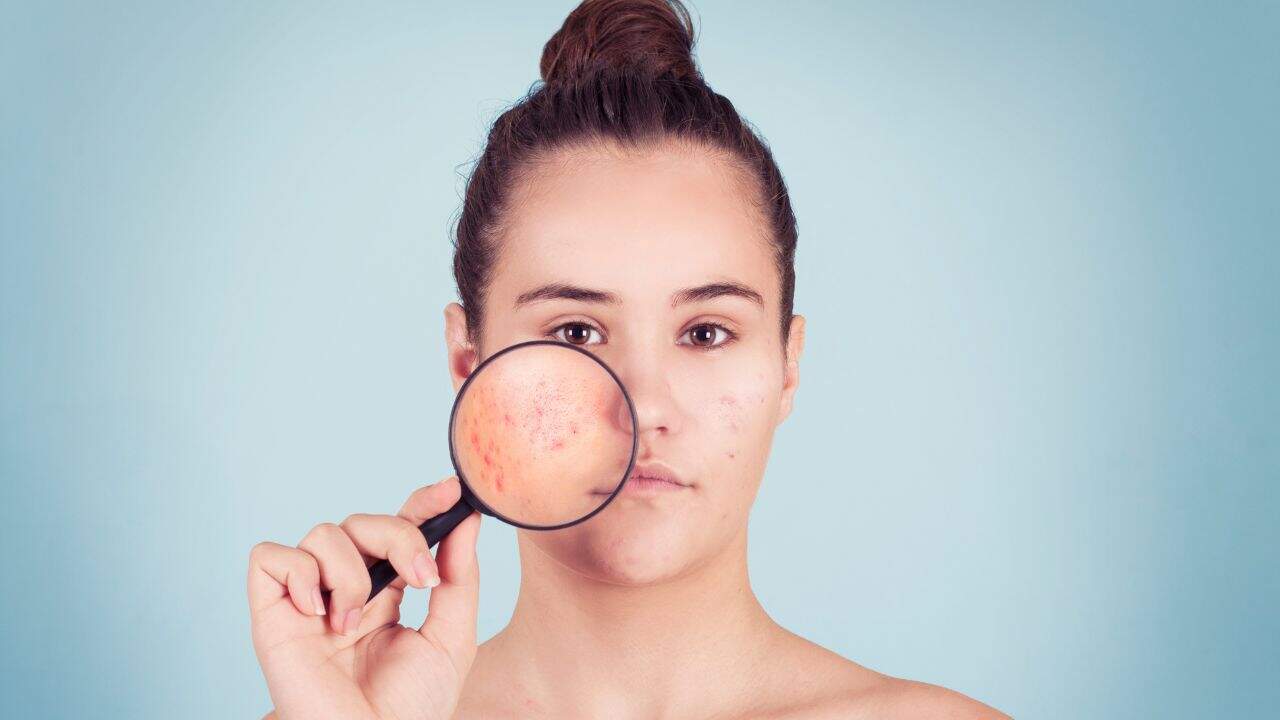
Acne-prone skin can feel like an uphill battle, especially when well-intentioned skincare habits actually make the problem worse. If you’ve been struggling with persistent breakouts despite following what you thought was a good routine, the culprit might be hiding in plain sight—your daily habits.
The truth is, achieving clear skin isn’t just about finding the right products; it’s about eliminating the counterproductive behaviors that sabotage your progress. From over-cleansing to picking at blemishes, many common practices can disrupt your skin barrier, increase inflammation, and create the perfect environment for acne to thrive.
This comprehensive guide will expose the most damaging habits that keep acne-prone skin trapped in a cycle of breakouts and provide you with science-backed strategies to transform your approach to skincare. By understanding what not to do—and why—you’ll be equipped to make the changes necessary for achieving the clear, healthy complexion you’ve been working toward. For trusted advice from dermatology experts, visit the American Academy of Dermatology’s acne resource page.
Understanding Acne: How and Why Breakouts Develop
Before diving into the habits that worsen acne, it’s crucial to understand the underlying mechanisms that create breakouts in the first place. Acne isn’t just about “dirty” skin or poor hygiene—it’s a complex interplay of factors that create the perfect storm for blemish formation.
1. Excess Oil Production (Sebum)
Your sebaceous glands produce oil to keep your skin moisturized and protected. However, hormonal fluctuations, genetics, and external factors can cause these glands to go into overdrive, producing more oil than your skin needs. This excess sebum becomes the foundation for acne development.
2. Abnormal Skin Cell Shedding
Healthy skin sheds dead cells regularly, but in acne-prone skin, this process becomes disrupted. Dead skin cells stick together and don’t shed properly, creating a plug that combines with excess oil to block pores. This is how comedones (blackheads and whiteheads) form.
3. Bacterial Overgrowth
Your skin naturally harbors bacteria, including Cutibacterium acnes (formerly Propionibacterium acnes). When pores become clogged with oil and dead skin cells, these bacteria multiply rapidly in the oxygen-free environment, feeding on the trapped sebum and producing inflammatory byproducts.
4. Inflammation
As bacteria multiply and produce waste products, your immune system responds with inflammation. This inflammatory response is what transforms a simple clogged pore into a red, swollen, painful pimple. The more severe the inflammation, the deeper and more persistent the breakout becomes.
The Hidden Saboteurs: Bad Habits That Fuel Acne
The habits we’ll explore in this guide either directly contribute to one or more of these four factors or prevent your skin from naturally resolving breakouts. By identifying and eliminating these counterproductive behaviors, you’re addressing acne at its root causes rather than just treating symptoms.
1. Over-Cleansing: When Clean Becomes Counterproductive
One of the most pervasive myths in acne care is that more cleansing equals clearer skin. This misconception leads many people to wash their face multiple times throughout the day, use harsh scrubs, or apply strong cleansers that strip the skin of its natural oils.
Your skin produces sebum (natural oil) to protect and moisturize itself. When you over-cleanse, you remove this protective barrier, causing your skin to panic and produce even more oil to compensate. This excess oil production, combined with irritation from harsh cleansing, creates the perfect storm for acne development. Over-cleansing also disrupts your skin’s pH balance, weakens the protective acid mantle, and can cause micro-tears that become entry points for bacteria. Your skin becomes sensitized, inflamed, and more susceptible to breakouts rather than less.
The solution: Limit cleansing to twice daily—once in the morning and once at night. Choose gentle, pH-balanced cleansers that remove dirt and excess oil without stripping your skin. Look for ingredients like salicylic acid or benzoyl peroxide in low concentrations if you need acne-fighting properties, but avoid anything that leaves your skin feeling tight or squeaky clean.
2. Touching Your Face: The Bacteria Highway
Your hands are constantly in contact with surfaces, picking up bacteria, oils, and environmental pollutants throughout the day. Every time you touch your face, you’re potentially transferring these contaminants directly to your pores. Most people touch their faces 16-23 times per hour without realizing it. Whether you’re resting your chin on your hand during meetings, rubbing your eyes when tired, or adjusting your hair, these seemingly innocent gestures can be major contributors to acne flare-ups.
Beyond bacteria transfer, frequent touching can also cause mechanical irritation, especially if you have rings, long nails, or rough skin on your hands. This irritation can trigger inflammatory responses that make existing acne worse and create new breakouts.
The solution: Start by becoming conscious of when you touch your face. Keep your hands busy with a stress ball or fidget toy if touching is a nervous habit. Always wash your hands before applying skincare products, and consider keeping hand sanitizer nearby if you must touch your face. When you do need to touch your face, use clean tissues or the back of your hands instead of your fingertips.
3. Picking and Squeezing: The Inflammation Amplifier
The urge to pick at blemishes is almost irresistible, especially when you see a whitehead that looks “ready” to pop. However, picking and squeezing is one of the most damaging things you can do to acne-prone skin. When you squeeze a pimple, you’re not just extracting the visible contents. You’re also pushing infected material deeper into the skin, spreading bacteria to surrounding tissue, and creating trauma that leads to scarring. The inflammation you cause can turn a simple comedone into a painful cyst that takes weeks to heal.
Picking creates two types of scars—temporary post-inflammatory hyperpigmentation (dark marks) and permanent textural changes (pitted or raised scars). These marks can last months or years, long after the original blemish would have naturally resolved.
The solution: Instead of picking, apply a warm compress to bring the blemish to a head naturally, or use spot treatments containing benzoyl peroxide or salicylic acid to accelerate healing. If you must extract, visit a professional aesthetician who can do it safely with proper tools and technique. Keep your nails short and consider wearing gloves at home if picking is a compulsive behavior.
4. Inconsistent Skincare Routines: The Stop-and-Start Sabotage
Consistency is crucial for acne-prone skin, yet many people fall into patterns of sporadic skincare that ultimately undermines their progress. This might involve skipping routines when traveling, abandoning products after a few days, or constantly switching between different treatments. Acne treatments work by gradually changing how your skin functions—increasing cell turnover, reducing oil production, or eliminating bacteria. These changes take time, typically 6-12 weeks to show significant results. When you constantly start and stop treatments, you never give your skin the chance to adapt and improve.
It’s tempting to try new products when you don’t see immediate results, but this approach often leads to irritation and confusion about what’s actually working. Your skin needs time to adjust to new ingredients, and introducing multiple products simultaneously makes it impossible to identify what’s helping versus what’s causing problems.
The solution: Choose a simple routine with 3-4 products maximum and commit to using it for at least 8-12 weeks before making major changes. Take progress photos weekly to track improvements that might not be obvious day-to-day. Create systems that make your routine easier to follow, such as keeping travel-sized products packed or setting phone reminders for application times.
5. Using Too Many Products at Once: The Ingredient Overload
The modern skincare market offers countless products promising to cure acne, leading many people to layer multiple treatments in hopes of faster results. This “more is better” approach often leads to over-treatment, irritation, and compromised skin barrier function. When you use multiple active ingredients simultaneously—such as retinoids, AHAs, BHAs, and benzoyl peroxide—you risk creating chemical burns, severe dryness, and irritation that actually worsens acne. Your skin becomes sensitized and reactive, making it harder for treatments to work effectively.
Some combinations are particularly problematic. For example, using vitamin C with retinol can cause irritation, while combining AHAs with benzoyl peroxide can lead to excessive dryness. Without understanding these interactions, you might unknowingly sabotage your skincare efforts.
The solution: Start with one active ingredient and introduce others gradually, allowing 2-4 weeks between additions. Focus on products that serve multiple purposes rather than single-function treatments. A typical effective routine might include a gentle cleanser, one acne treatment (like salicylic acid), a moisturizer, and sunscreen during the day.
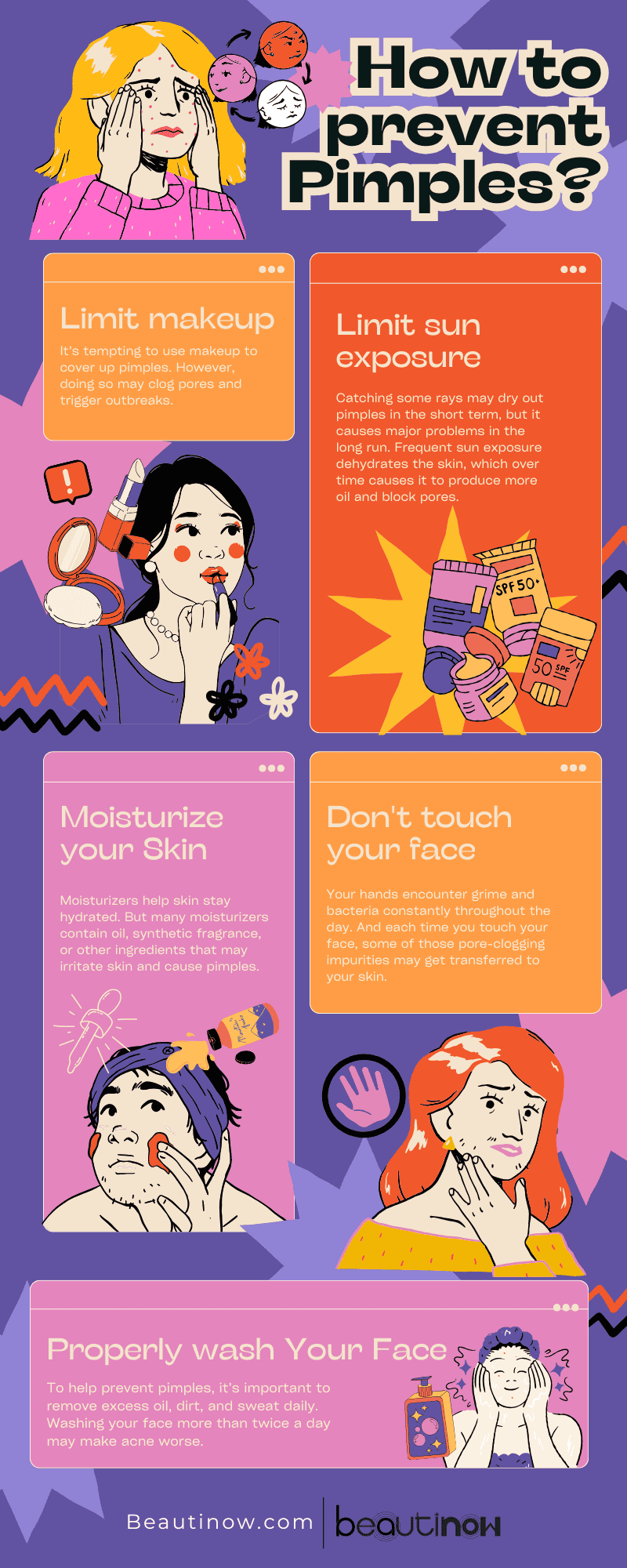
6. Neglecting Sunscreen: The Inflammation Perpetrator
Many people with acne-prone skin avoid sunscreen, fearing it will clog pores and worsen breakouts. This avoidance is particularly problematic because UV exposure actually aggravates acne through multiple mechanisms. UV rays increase inflammation throughout your skin, making existing breakouts more severe and longer-lasting. Sun exposure also thickens the outer layer of skin, potentially trapping oil and bacteria in pores. Additionally, many acne treatments make your skin more photosensitive, increasing the risk of burns and post-inflammatory hyperpigmentation.
Without sun protection, the dark marks left behind by acne blemishes become darker and more persistent. UV exposure can turn temporary discoloration into permanent pigmentation changes that require months or years of treatment to fade.
The solution: Look for non-comedogenic, broad-spectrum SPF 30-50 formulas designed for acne-prone skin. Zinc oxide and titanium dioxide are generally well-tolerated mineral options, while some chemical sunscreens now come in lightweight, non-greasy formulations specifically for oily skin. Apply sunscreen as the final step in your morning routine, even on cloudy days.
7. Sleeping on Dirty Pillowcases: The Nightly Bacteria Bath
Your pillowcase accumulates oil, bacteria, dead skin cells, hair products, and environmental pollutants night after night. If you’re not washing it frequently enough, you’re essentially pressing your face against a breeding ground for acne-causing bacteria for 6-8 hours every night. Studies show that pillowcases can harbor significant amounts of bacteria after just one week of use. This bacterial load includes both normal skin flora and potentially pathogenic organisms that can contribute to acne development. The warm, moist environment created by your face against the pillow provides ideal conditions for bacterial growth.
If you use leave-in conditioners, styling products, or treatments, these can transfer from your hair to your pillowcase and then to your skin. Many hair products contain ingredients that are comedogenic (pore-clogging) and can trigger breakouts along your hairline and jawline.
The solution: Change your pillowcase every 2-3 days, or daily during active breakouts. Consider using antimicrobial or bamboo pillowcases that naturally resist bacterial growth. If daily washing isn’t practical, try the “flip trick”—use one side for one night, flip to the fresh side for the second night, then wash. Keep several sets of clean pillowcases on hand to make frequent changing easier.
8. Ignoring Stress Management: The Hormonal Trigger
Chronic stress is one of the most underestimated factors in acne development. When you’re stressed, your body produces cortisol and other hormones that directly impact your skin’s oil production and inflammatory responses. Stress hormones increase sebum production, particularly in areas rich in sebaceous glands like your face, chest, and back. Elevated cortisol also suppresses your immune system, making it harder for your skin to fight off acne-causing bacteria. Additionally, stress often leads to other acne-triggering behaviors like poor sleep, unhealthy eating, and increased face-touching.
Chronic stress creates a state of low-grade inflammation throughout your body, including your skin. This inflammation makes your skin more reactive to other acne triggers and slows the healing process for existing breakouts. Stressed skin is also more sensitive to skincare products, making treatment more challenging.
The solution: Incorporate regular stress-reduction practices like meditation, deep breathing exercises, regular physical activity, or yoga into your routine. Prioritize sleep hygiene, as poor sleep increases stress hormones and directly impacts skin health. Consider journaling to identify stress patterns and their correlation with breakouts. If stress is overwhelming, don’t hesitate to seek professional support through counseling or therapy.
9. Diet Denial: The Food-Skin Connection
While diet doesn’t cause acne in everyone, certain foods can trigger or worsen breakouts in susceptible individuals. The most problematic foods tend to be those that spike insulin levels or increase inflammation. Foods that rapidly raise blood sugar levels—such as white bread, sugary snacks, and processed cereals—can trigger hormonal cascades that increase oil production and inflammation. Studies have shown that people following high-glycemic diets have more severe acne than those eating low-glycemic foods.
Some research suggests that dairy products, particularly skim milk, may worsen acne in certain individuals. This may be due to hormones naturally present in milk or the way dairy affects insulin and growth factor levels. Not everyone is sensitive to dairy, but if you notice correlations between dairy consumption and breakouts, it may be worth eliminating it temporarily to assess the impact. Highly processed foods, excessive omega-6 fatty acids, and foods high in saturated fats can promote systemic inflammation that manifests in your skin. Trans fats and excessive sugar are particularly problematic for overall skin health.
The solution: Focus on whole foods rich in omega-3 fatty acids (like fatty fish and walnuts), antioxidants (berries, leafy greens), and foods with a low glycemic index. Stay hydrated and consider keeping a food diary to identify personal trigger foods. Remember that dietary changes take 6-12 weeks to show effects on your skin.
10. Product Hopping: The Instant Gratification Trap
In our instant-gratification culture, it’s tempting to expect immediate results from skincare products. This expectation leads many people to abandon effective treatments before they’ve had time to work, constantly searching for the “miracle” product that will clear their skin overnight. Most acne treatments require 6-12 weeks to show significant improvement, with many people seeing initial worsening before improvement occurs. This is particularly true for retinoids and chemical exfoliants, which can cause purging as they bring underlying clogs to the surface.
Every time you switch products, you’re essentially starting over. Your skin needs time to adjust to new ingredients, and constantly changing your routine can lead to irritation, sensitization, and confusion about what’s actually working. You may also miss the cumulative benefits that develop with consistent use over time. Skincare marketing often promises rapid results, leading to unrealistic expectations. Social media before-and-after photos can be misleading, as they may show results from professional treatments, favorable lighting, or longer timeframes than implied.
The solution: Take baseline photos when starting new treatments and review them weekly rather than daily. Keep a skincare journal noting improvements in texture, reduced oiliness, or fewer new breakouts—changes that might not be visually dramatic but indicate progress. Set realistic expectations and commit to giving treatments adequate time to work before making changes.
Transform Your Skin: From Acne-Prone to Radiant Health
Mastering acne-prone skin isn’t just about eliminating breakouts—it’s about fundamentally transforming your skin’s ability to maintain balance, resist inflammation, and heal efficiently. The journey from persistent acne to clear, healthy skin represents a paradigm shift from reactive treatments to proactive skin health management that addresses root causes rather than just symptoms.
Understanding that true skin transformation requires both patience and precision becomes evident when you witness the cumulative benefits of consistent, science-based care. What begins as relief from active breakouts evolves into long-term resilience, improved texture, and a luminous complexion that reflects optimal skin barrier function. The investment in proper skincare habits pays dividends not just in how your skin looks today, but in its capacity to maintain clarity and vitality over time.
While mastering proper ingredient selection and application techniques is essential, having access to authentic, clinically-proven skincare ensures you can achieve the transformative results that make sophisticated acne management truly worthwhile. With countless skincare brands claiming miracle results, finding trusted, effective products that deliver both immediate improvement and lasting clarity can feel overwhelming.
Discover your perfect acne-fighting collection at Beautinow – your trusted destination for authentic, premium skincare that delivers professional-quality results and helps you master the art of sophisticated acne management that works harmoniously with your unique skin needs and lifestyle demands.
Why choose Beautinow for your acne-prone skin needs:
- Guaranteed Authenticity: Curated selection of genuine, dermatologist-recommended products sourced directly from authorized distributors, ensuring you receive the full benefits of clinically-proven acne-fighting technology
- Expert Guidance: Detailed product education and personalized routine recommendations based on your specific skin concerns and acne management goals
- Complete Treatment Systems: Access to comprehensive acne-fighting ranges, from gentle cleansers to targeted treatments and barrier-repair moisturizers
- Professional Support: Skincare specialists available to help you optimize your routine timing, product layering, and ingredient combinations for maximum effectiveness
- Results Guarantee: Confidence in your investment with comprehensive customer service and detailed guidance on achieving your clearest skin possible
Your acne-prone skin deserves the proven efficacy and transformative results that only come from genuine, science-backed formulations, crafted with decades of dermatological research and designed to deliver lasting improvements to your skin’s health and clarity. Experience the difference that authentic, professional-grade skincare can make with Beautinow’s expertly curated collection of acne-fighting essentials.
Frequently Asked Questions
Q: Why isn’t my acne clearing up?
A: There are several reasons your acne might not be improving. Most treatments need 8-12 weeks to show results, and many people quit too early during the “purging” phase when products initially bring clogs to the surface. You might also be using the wrong approach for your skin type, have hormonal triggers, or be dealing with hidden culprits like comedogenic hair products, dietary triggers such as dairy or high-glycemic foods, or overloading your skin with too many active ingredients. If you’ve been consistent with a proper routine for 3+ months without improvement, it’s time to consult a dermatologist for prescription options or to investigate underlying causes like hormonal imbalances.
Q: What naturally kills acne?
A: Several natural ingredients have antimicrobial and anti-inflammatory properties that can help reduce acne. Tea tree oil at 5-10% concentration is as effective as benzoyl peroxide with less irritation, though it should always be diluted first. Green tea can be applied as a cooled toner or found in skincare products for anti-inflammatory benefits. Raw honey, especially Manuka honey, works as an antibacterial spot treatment or mask while providing moisture. Zinc, either through zinc-rich foods like pumpkin seeds and chickpeas or supplements, can reduce inflammation and bacterial growth. However, natural doesn’t mean harmless, so always patch test first, and remember that severe acne often requires stronger treatments than natural remedies alone can provide.
Q: Does drinking water help acne?
A: Water supports overall skin health but won’t cure acne on its own. Proper hydration maintains your skin barrier, aids healing, and prevents your skin from overproducing oil to compensate for dehydration. When chronically dehydrated, skin may produce excess oil and not shed dead cells effectively, contributing to clogged pores. However, acne is primarily caused by hormones, genetics, and bacteria rather than dehydration. While staying hydrated with about 8 glasses daily supports skin health and healing processes, don’t expect water alone to clear breakouts. Hydration is just one piece of the puzzle alongside proper cleansing, appropriate treatments, and good skincare habits.
Related posts
How to Buy Authentic Niche Perfume at the Best Price
In the hushed corridors of a Parisian perfumery, where alabaster bottles catch filtered afternoon light like precious gems, a revelatio...
How to Buy Authentic Niche Perfume: A Complete Guide
In the dimly lit ateliers of Grasse, where perfumers have been crafting liquid poetry for centuries, something extraordinary is happeni...
The Science and Seduction of Pheromone Perfume: What You Need to Know
In the hushed corners of fragrance boutiques and the scrolling feeds of beauty influencers, a particular category of scent has been gen...
10 Reasons Why You’ll Love Being a Beautinow VIP Member
In the constellation of luxury fragrance retailers, where every boutique promises exclusivity and every brand whispers of sophisticatio...
The Sophisticated Art of Finding Cheaper Alternatives to Tom Ford Black Orchid
There's something almost mythical about walking into a room wearing Tom Ford Black Orchid. The way heads turn, the subtle compliments t...
Best YSL Perfumes for Men in 2026: The Definitive Guide
In the hushed corners of Parisian perfumeries, where light filters through crystal bottles and conversation turns to notes of vetiver a...
Affordable Christmas Perfume Gifts That Actually Feel Luxurious
There's something inherently intimate about gifting fragrance—it's a gesture that says you've paid attention, that you understand someo...
The Definitive Guide to Perfumes That Smell Like Creed Aventus: Luxury Scents Without the Luxury Price Tag
There's a certain magnetism to walking into a room wearing the right fragrance. It's not loud, it's not desperate—it's simply there, co...
Perfume Advent Calendars: 12 Days of Niche Scents
There's something quietly revolutionary happening in the world of fragrance, and it arrives in December wrapped in numbered boxes. Forg...
Christmas Makeup Ideas: Your Guide to Festive Glamour That Actually Works
Picture this: You're getting ready for the season's most anticipated gathering, and you're faced with the same tired holiday makeup dil...
Perfumes That Smell Like Christmas: Your Guide to Festive Fragrance Magic
There's something almost alchemical about the way certain fragrances can transport you instantly to a snow-dusted evening in December, ...
Perfume for Sensitive Skin That Won’t Cause Allergies: The Essential Guide to Scent Without Irritation
There's a particular kind of disappointment that comes with finding a fragrance you love, only to discover hours later that your skin h...
Comments


